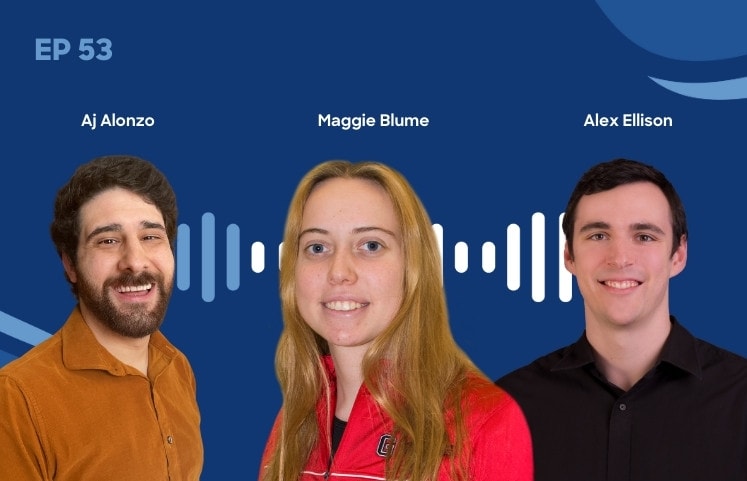Email Deliverability

How Maggie Blume of Mailshake uses email deliverability best practices to increase cold email engagement rates.
Imagine this…you’ve just finished writing a great cold email. It’s relevant. It’s timely. It moves the soul (ok, slow down…)
It’s sure to get you a response. So you hit the send button with confidence and… * crickets *
What gives?
Maybe your email wasn’t that compelling?
Maybe they’re OOO and haven’t seen it yet?
Or maybe your server reputation is so low that your email was flagged as spam?
Yikes.
Deliverability is an underrated component of sales development success. And nobody knows that better than our guest, Maggie Blume.
Her work at Mailshake is all about helping sales reps generate more engagement with their emails through a combination of good copywriting, relevant examples, and deliverability best practices.
We sat down with Maggie to pull back the curtain on deliverability. What is it, why is it so important, and how can you (yes reader, you) follow Maggie’s advice and best practices to help boost your email engagement?
Our Guest
Name: Maggie Blume
What She Does: Maggie is a Sales Evangelist for MailShake – which means she’s a salesperson selling sales software to salespeople She’s also part of the first Ascend WV class in the Greenbriar Valley, WV.
Company: Mailshake
How to Connect: Maggie’s LinkedIn
Related Resources
Continue exploring

To Succeed in Sales…You Have to Fail

‘No’ In Sales Isn’t Rejection, but Redirection

Alignment Led Growth

Time Management – The Key to Success

Time Management Skills

From Acronym to Sales Career

